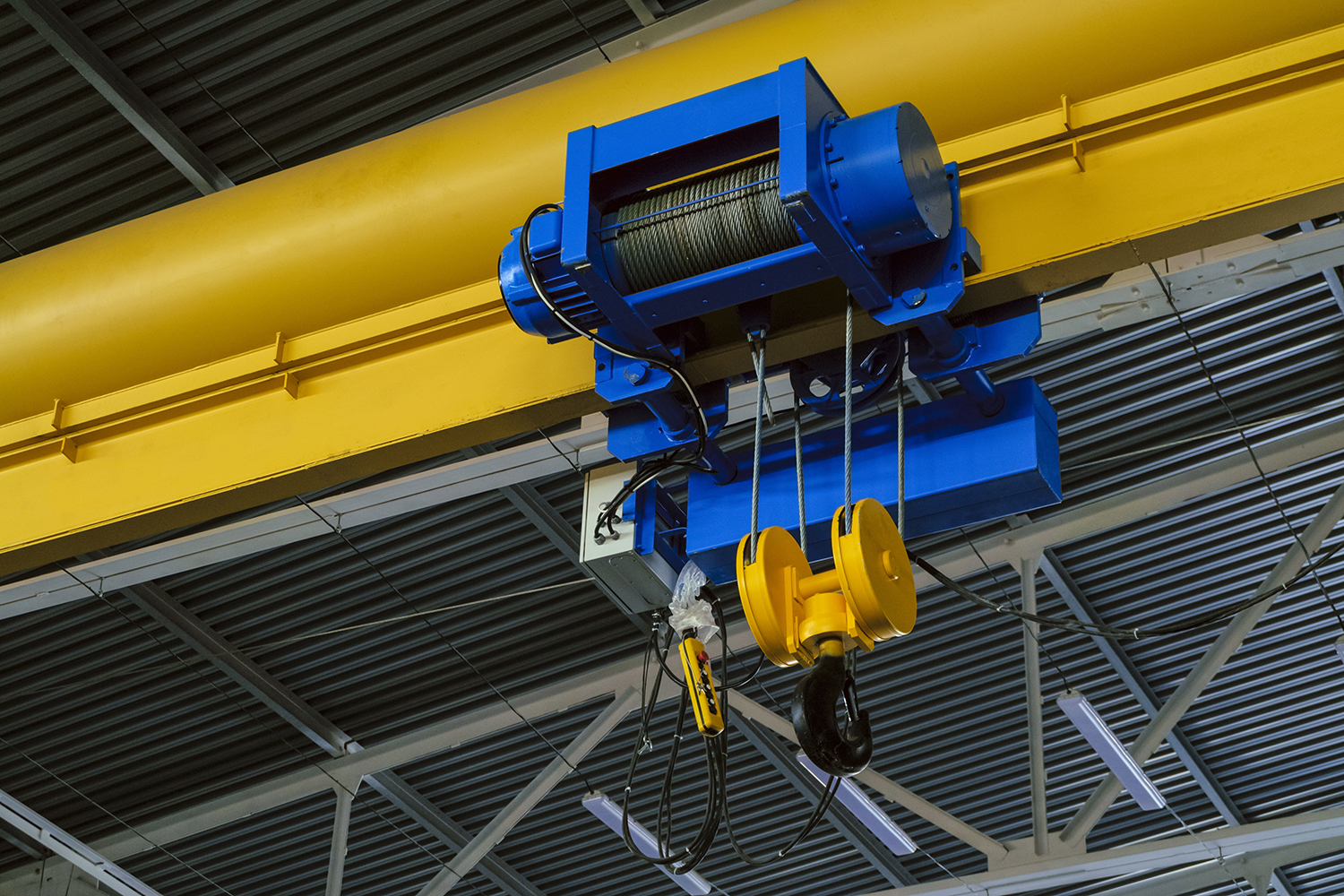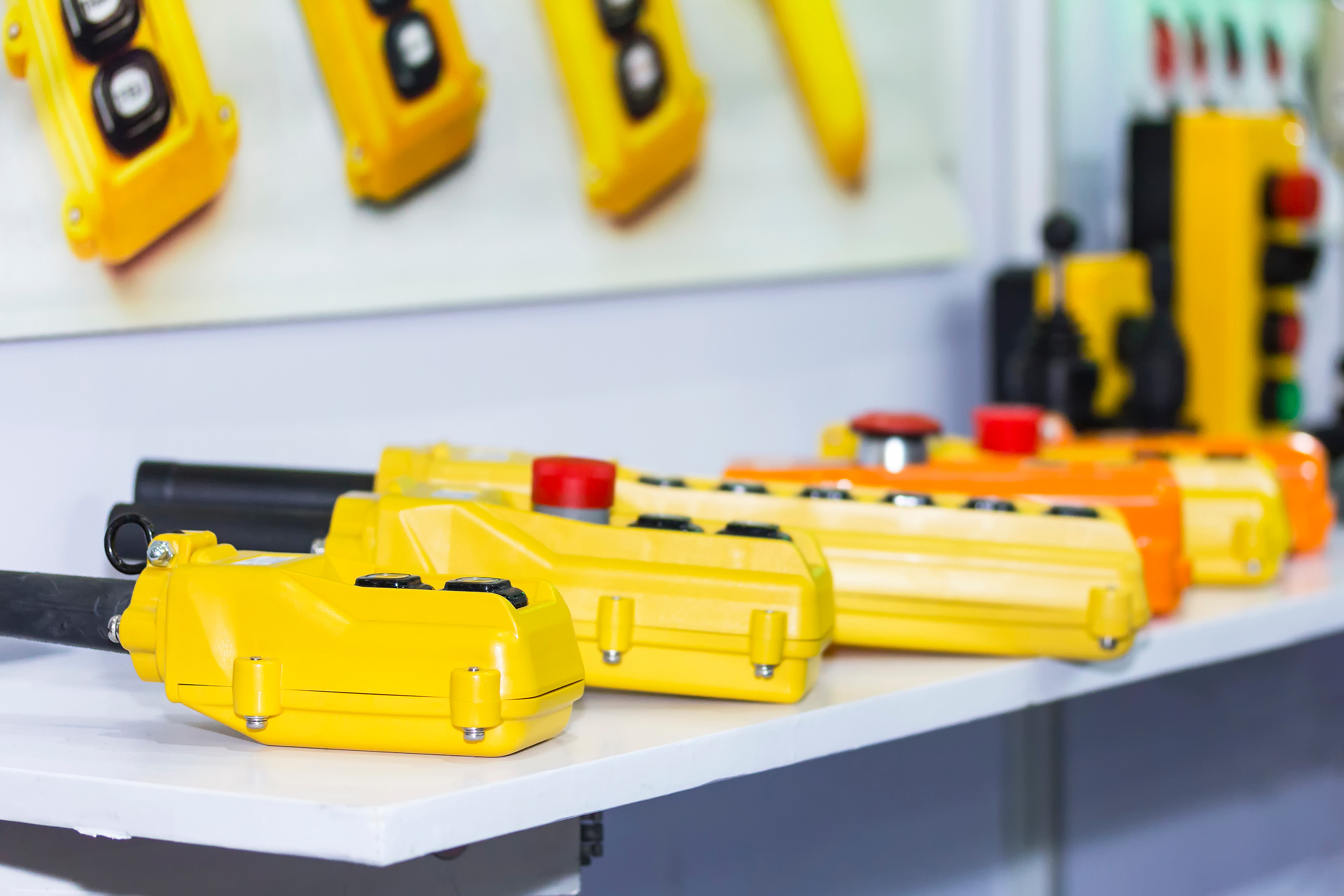Maximize Performance & Safety: Crane Modernization Solutions
Maximize Performance & Safety: Crane Modernization Solutions
As businesses grow and evolve, so do their operational demands. Many industries relying on overhead cranes for material handling often face the challenge of increasing their crane’s capacity, speed, or reliability. While purchasing a brand-new crane may seem like the go-to solution, the hefty price tag can be a deterrent. Fortunately, modernizing or upgrading an existing crane with the latest technology is a cost-effective alternative that enhances performance, safety, and longevity.
Crane modernization allows businesses to improve their lifting equipment with advanced controls, automation, and structural modifications—boosting efficiency without the need for full replacement. In this blog, we explore six key focus areas for crane modernization and why this strategy is essential for Canadian industries.
1. Structural Upgrades
Older cranes are often over-engineered, making them structurally sound for decades. Instead of purchasing a new crane, businesses can repurpose existing cranes by shortening or extending the span to fit new operational requirements. Other structural modifications include:
Replacing outdated trolley assemblies with modern compact trolleys and hoists for smoother, more precise movement.
Implementing advanced braking systems to reduce wear and tear.
Adjusting crane span to accommodate changes in facility layout.
By making these upgrades, businesses can extend the life of their cranes while ensuring compliance with evolving safety standards.
2. Mechanical Upgrades
Mechanical components play a crucial role in the efficiency and safety of a crane. Upgrading these components can significantly reduce maintenance costs while improving performance. Key mechanical upgrades include:
Replacing old hoist mechanical load brakes with flux vector controls to reduce overheating and wear on pads and discs.
Implementing industrial braking systems with readily available replacement parts, ensuring minimal downtime.
Upgrading hoist trolley gears with tighter tolerances, reducing vibrations, and improving operational smoothness.
With these enhancements, cranes operate more efficiently, reducing maintenance costs and improving workplace safety.
3. Crane Automation
Automation is transforming the crane industry, improving safety and precision. Automated features reduce the need for manual intervention, minimizing the risk of human error and workplace injuries. Some key automation upgrades include:
Snag detection: Prevents sudden stops and overloads, reducing mechanical stress.
Anti-sway technology: Ensures stable movement of loads, improving precision and safety.
Auto-dispatch and off-center pick prevention: Enhances efficiency and reduces operator strain.
For businesses looking to optimize productivity, automation allows for semi-autonomous or fully autonomous crane operations.
 4. Radio Remote Controls
4. Radio Remote Controls
The introduction of wireless technology has revolutionized crane operations. Traditional pendant stations require operators to remain in close proximity to the crane, increasing the risk of accidents. With wireless radio remote controls, operators gain:
Improved mobility and visibility, leading to safer lifts.
Reduced need for multiple operators, minimizing miscommunication.
Real-time access to runtime data for simplified maintenance tracking.
These enhancements lead to safer, more efficient crane operations, especially in high-risk environments.
5. Crane Control Technology
Control systems are a vital component of any overhead crane. Whether using DC or AC crane controls, modern upgrades ensure improved performance and safety.
DC Crane Controls: Solid-state DC drive controls maximize efficiency and safety, ensuring a predictable performance even in demanding environments.
AC Crane Controls: Variable Frequency Drives (VFDs) provide superior speed and movement control, increasing power and reliability.
Switching to modern crane controls can result in reduced energy consumption and improved load handling, making it a smart investment for long-term operations.
6. Application-Specific VFD Firmware
VFD firmware solutions help tailor crane operations to specific applications, enhancing safety and performance. Some key features include:
Precise control for mechanical buckets in digging and dredging applications.
Load sway prevention during hoisting and transportation.
Crane synchronization for improved handling of large or tandem loads.
These firmware upgrades eliminate the need for external PLCs, reducing complexity and failure points while improving overall system reliability.
Canadian Crane Industry Insights
Canada’s construction, manufacturing, and resource sectors rely heavily on crane systems for daily operations. According to industry reports:
The Canadian crane market is expected to grow significantly due to increasing demand in the infrastructure and logistics sectors.
Workplace safety remains a top priority, with crane-related incidents accounting for a substantial portion of industrial accidents. Modernization efforts help improve safety compliance.
Advanced automation and control systems are being increasingly adopted in Canadian industries to boost efficiency and reduce operational costs.
Why Modernizing Your Crane is the Smart Choice
A new overhead crane represents a significant capital investment, but modernization offers a cost-effective solution. Businesses can save 30-40% compared to purchasing a new crane by implementing structural, mechanical, and technological upgrades.
At Hercules Crane & Lifting Supplies, and our sister company Atlantic Crane & Materal Handling, we specialize in crane modernization solutions that enhance efficiency, safety, and reliability. Our team provides expert guidance, ensuring your crane meets industry standards while maximizing performance.
📞 Call us now 1 (877) 461-4876 to get a free consultation and keep your lifting operations running safely and efficiently.
——————————————————————————————————————————————
The Hercules Group of Companies encompasses a wide portfolio of products and services across multiple, diverse companies.

